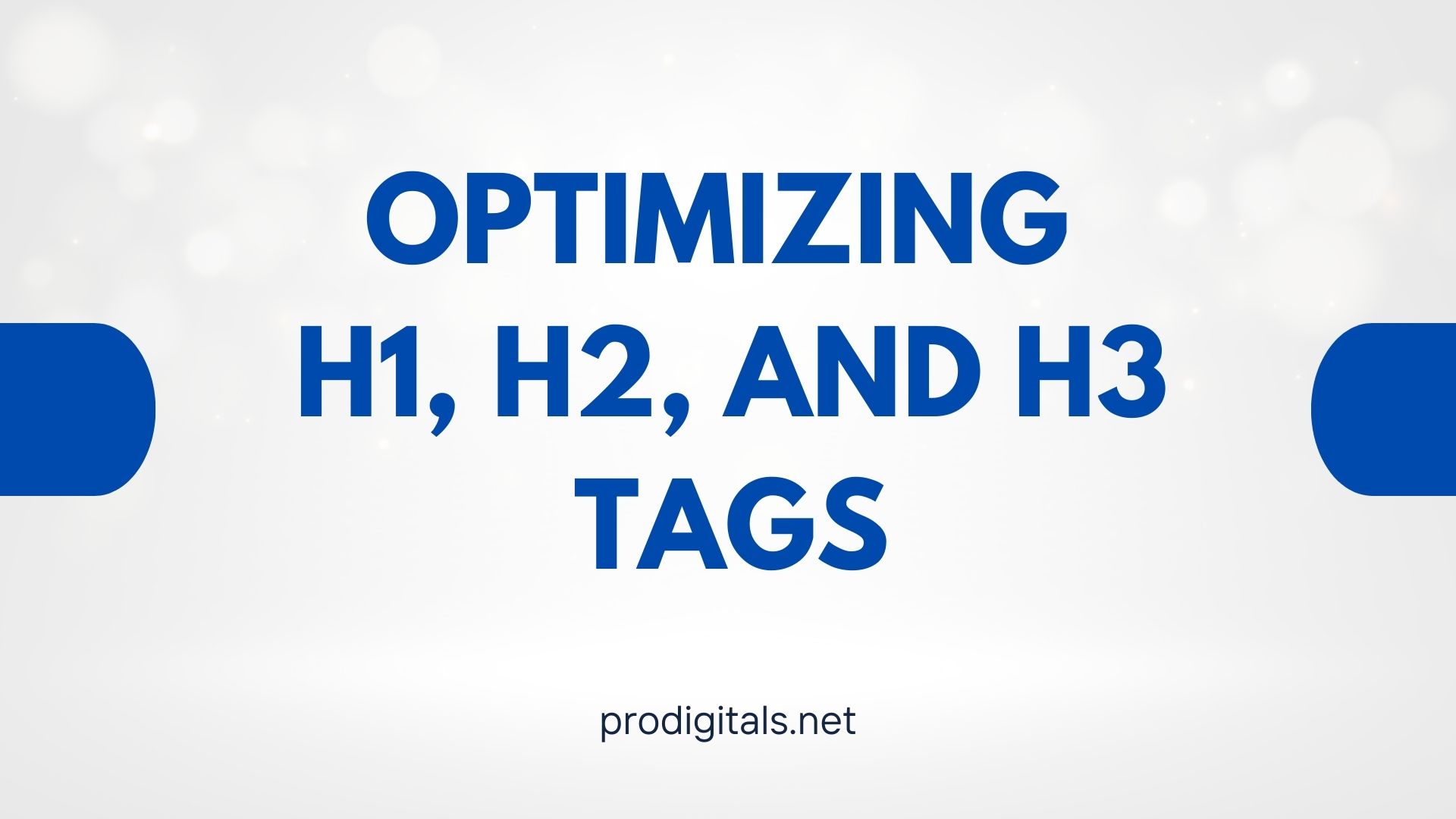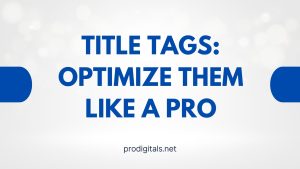Header tags are the unsung heroes of SEO—often overlooked, yet indispensable. Treating them as mere formatting tools is like using a Ferrari to run errands. Sure, it works, but you’re missing the full potential.
This guide dives deep into optimizing H1, H2, and H3 tags for maximum search engine visibility while keeping your content organic, engaging, and far from robotic keyword vomit.
Why Header Tags Are the Secret Sauce of SEO
Search engines aren’t just crawling for keywords; they’re mapping content hierarchies. A well-structured page with clear headers is like a GPS for bots—it tells them exactly where to go.
The Anatomy of Header Tags
- H1: The crown jewel. One per page, like a thesis statement.
- H2: The scaffolding. These are your content’s backbone.
- H3: The fine print. Subsections that add depth and clarity.
Google’s algorithms have evolved beyond keyword density. They now prioritize context, readability, and user experience. A strategic header setup signals relevance, reduces bounce rates, and keeps visitors glued to your page.
The Psychology Behind Headers
Humans scan before they read. Headers act as signposts, guiding readers through your content. No one wants to wade through a wall of text—unless they’re masochists or legal scholars.
H1 Tags: Your Page’s Handshake
Your H1 is the first impression—the digital equivalent of a firm handshake. Mess it up, and you’re already fighting an uphill battle.
Crafting the Perfect H1
- Clarity Over Cleverness
Avoid vague H1s like “Solutions” or “Offerings.” Instead, opt for precision: “AI-Powered CRM Solutions for E-Commerce Brands in 2024.” - Keyword Integration (Without the Cringe)
If your target keyword is “sustainable packaging,” your H1 could be: “Sustainable Packaging Innovations Reducing Waste in 2024.” - Aligning With User Intent
Match what searchers want. “How to Fix a Leaky Faucet” outperforms “Plumbing Tools 101” for DIYers.
Common H1 Blunders
- Keyword Stuffing: “Fast, Reliable, Affordable WordPress Hosting Solutions” reeks of desperation.
- Length Extremes: Too short lacks context; too long loses impact.
- Duplicate H1s: Each page deserves its own spotlight.
H2 Tags: The Framework of Engagement
H2s are your content’s skeleton—without them, everything collapses into chaos.
Best Practices for H2 Mastery
- Natural Keyword Placement
For a primary keyword like “remote work tools,” an H2 like “Essential Remote Work Tools for Distributed Teams” fits seamlessly. - Descriptive Over Generic
“The Science Behind Sleep Deprivation” beats “Sleep Facts.” - Logical Progression
Each H2 should flow into the next, like chapters in a thriller.
Real-World H2 Examples
For a post on “social media algorithms”:
- How Social Media Algorithms Dictate Visibility
- Platform-Specific Algorithm Breakdowns
- Hacking the Algorithm for Organic Growth
H3 Tags: The Devil’s in the Details
H3s are where you get granular—answering questions, debunking myths, or diving into step-by-step processes.
When H3s Shine
- Elaborating on H2s: If your H2 is “Email Marketing Strategies,” an H3 could be “A/B Testing Subject Lines for Higher Open Rates.”
- FAQ Sections: “Does Cold Brew Have More Caffeine?” under “Coffee Brewing Methods.”
- Lists and Breakdowns: “5 Must-Have Chrome Extensions for Developers.”
H3 Optimization Tips
- Specificity Wins: “Best Budget Laptops for Students” trumps “Good Laptops.”
- Support, Don’t Repeat: H3s should expand on H2s, not parrot them.
Header Tag Fails: What Not to Do
Even pros stumble. Here’s how to avoid facepalms.
1. Hierarchical Havoc
An H3 before an H2 is like serving dessert before appetizers—it confuses everyone.
2. Keyword Overload
“Best Running Shoes for Men, Women, Kids, Marathoners, Sprinters” is a train wreck.
3. Readability Ruin
Cryptic headers like “Advanced Metrics” without context send readers fleeing.
Tools to Perfect Your Headers
- Screaming Frog: Exposes missing or duplicate H1s like a truth-telling mirror.
- Yoast SEO: Real-time feedback so you don’t fly blind.
- Google’s Rich Results Test: Checks if your headers align with what searchers crave.
Before-and-After: A Header Transformation
Before (A Hot Mess)
- H1: “Marketing”
- H2: “Ideas”
- H3: “Stuff”
After (SEO Nirvana)
- H1: “Data-Driven Marketing Strategies Dominating 2025”
- H2: “Why Outbound Marketing Is Dying”
- H3: “The TikTok Effect on Buyer Behavior”
- H2: “Allocating Ad Spend for Maximum ROI”
The optimized version? Clear, compelling, and built for conversions.
Wrapping It Up (Without Saying “In Conclusion”)
Header tags aren’t just SEO checkboxes—they’re the difference between a bounce and a bookmark. Audit yours today. Your traffic (and your sanity) will thank you.
🚀 Pro Tip: If your headers were a movie, would they win an Oscar or get Rotten Tomatoes boos? Act accordingly.




